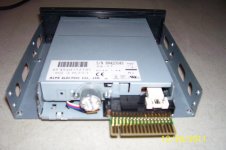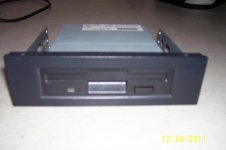I have a Tandy 1000 computer (plain 1000, with two 5.25" floppy drives) that I would like to get up and running again. As part of this, I would like to make sure that I can back up and re-create a number of 5.25" floppies that I used to use with the computer. However, so far, the only way I can see to get data off the 5.25" floppies is to get a 5.25" -> USB controller (http://www.deviceside.com/) and a 5.25" floppy drive, but this is a read-only solution as far as I can tell. Another solution would be to somehow connect a 3.5" floppy drive to the Tandy 1000 and to use the Tandy to transfer data between the two. Is this possible? If so, how can I go about doing this?
Thanks in advance for any help/advice!
Thanks in advance for any help/advice!


